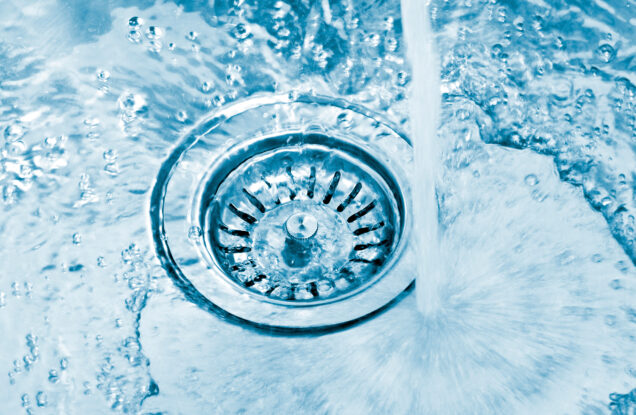Water pressure is something that all Indianapolis area homeowners should be aware of. If your water pressure is too low, it can be a major inconvenience; when it’s too high, it can cause plumbing problems. In this post, Mission Mechanical shows you how to check the water pressure and explains when you should call our plumbers for assistance with home water pressure issues.
How to Check Water Pressure at Home
Checking your water pressure is a simple way to ensure that your plumbing is functioning properly. The only tool you’ll need to check water pressure is a water pressure gauge, which can be found at your favorite home improvement store. Follow these instructions for how to check the water pressure in your home:
- Turn off all water sources inside and outside your home, including faucets, showerheads, washing machines, ice makers, dishwashers, and lawn sprinklers. You want to ensure there is no water flowing through your plumbing system to get an accurate reading.
- A pressure gauge must be attached to an outdoor faucet or a hose bib inside your home. For homes with municipal water, use the hose bib located closest to your water meter; for homes with well water, use the hose bib closest to the home’s pressure tank.
- To check the pressure, open the hose bib and allow the water to flow. The gauge will give you a reading of the water pressure in psi (pounds per square inch).
Do You Need a Plumber to Fix Water Pressure Problems?
Catching water pressure problems early helps avoid costly damage to your home’s plumbing system. If you encounter the water pressure problems mentioned below, you need to schedule a service appointment with our team for plumbing repairs to correct the issue.
Abnormal Water Pressure Readings
Generally speaking, most homes have a water pressure of between 40 and 60 psi. If you check your home’s water pressure and the pressure measurement is outside of this range, it is time to call a plumber. Readings below 40 psi indicate low water pressure, while readings above 60 psi indicate high water pressure.
Water Pressure Drops
If you’ve ever experienced a sudden drop in water pressure, you know how frustrating it can be. Low water pressure can be caused by a variety of factors, including leaks in the pipes, a buildup of sediment in the fixture, or a problem with the municipal water supply.
If you’re experiencing low water pressure, the first thing you should do is check your home’s main water shut-off valve. If this valve is turned off, even partially, it can significantly reduce water flow to your home. If you’re still having problems, contact your local water utility to see if there are any problems with the municipal supply – if the municipal water supply is good, call a plumber to diagnose and fix the water pressure issue.
Water Pressure Fluctuations
Inconsistent fluctuations in water pressure when you use plumbing fixtures or water-consuming appliances are a sign of water pressure issues at home. Fluctuations can cause problems with appliances such as dishwashers and washing machines and make it difficult to complete tasks using water taps. Several plumbing issues can cause this symptom, such as a bad water pressure regulator, faulty plumbing fixtures, mineral buildup in water pipes, or broken water valves.
Plumbing Service for Water Pressure Issues
Now that you know how to test water pressure, call a plumber right away if you are experiencing water pressure problems at home. Water pressure problems can be caused by a variety of issues, most of which are not something that the average homeowner can fix on their own.
Is there a water pressure problem in your home? Contact Mission Mechanical today to schedule plumbing repair services.




